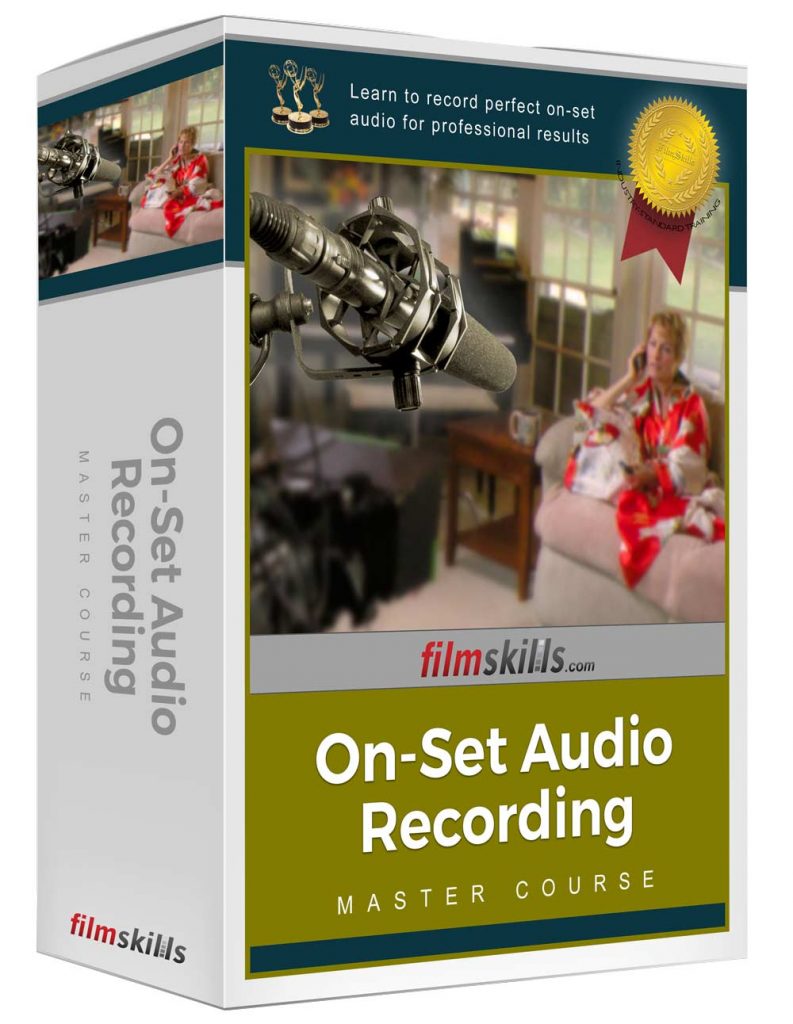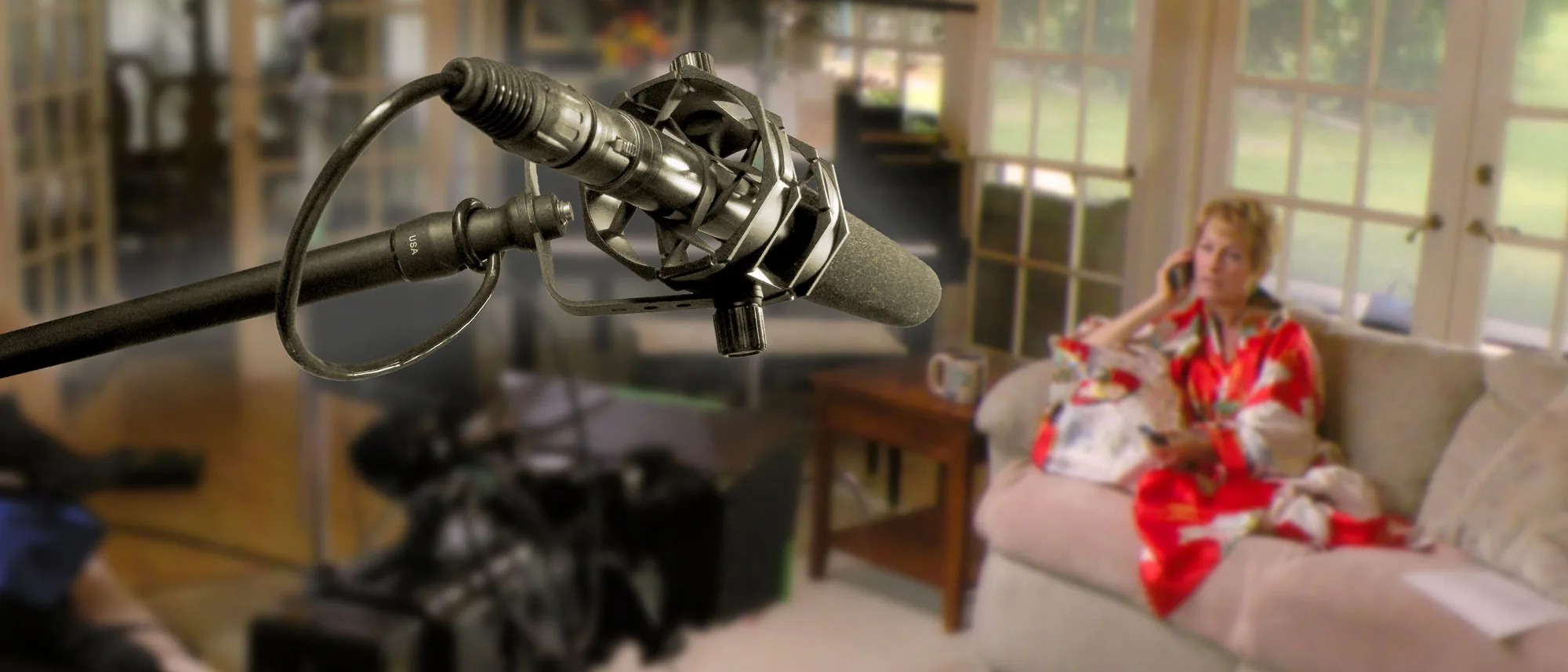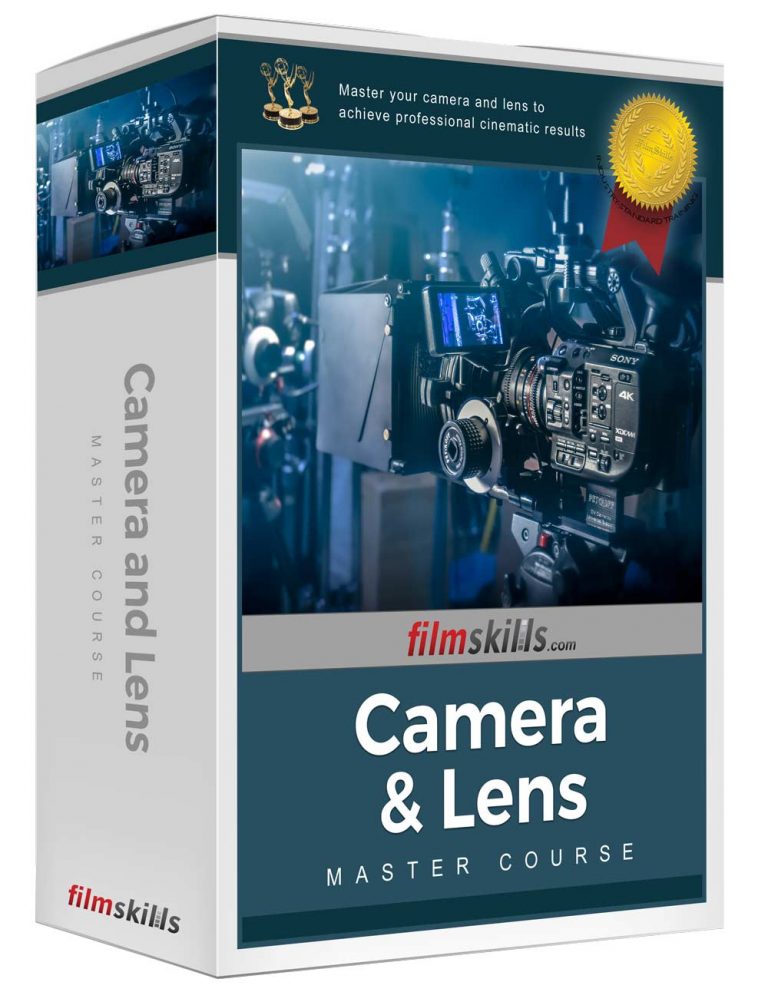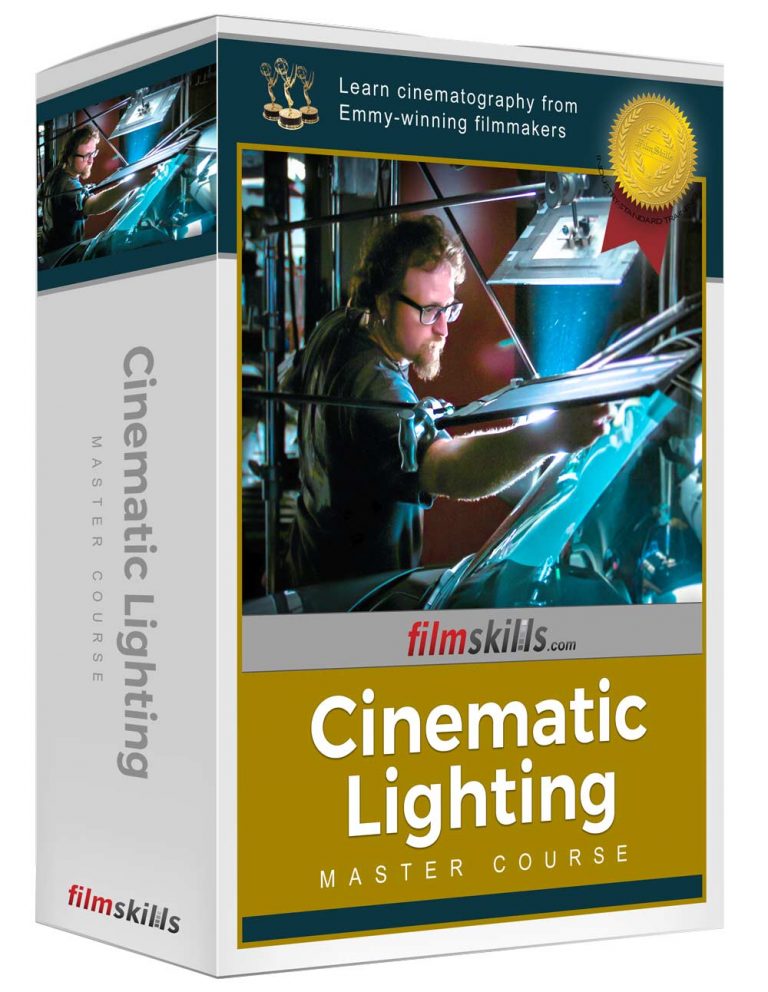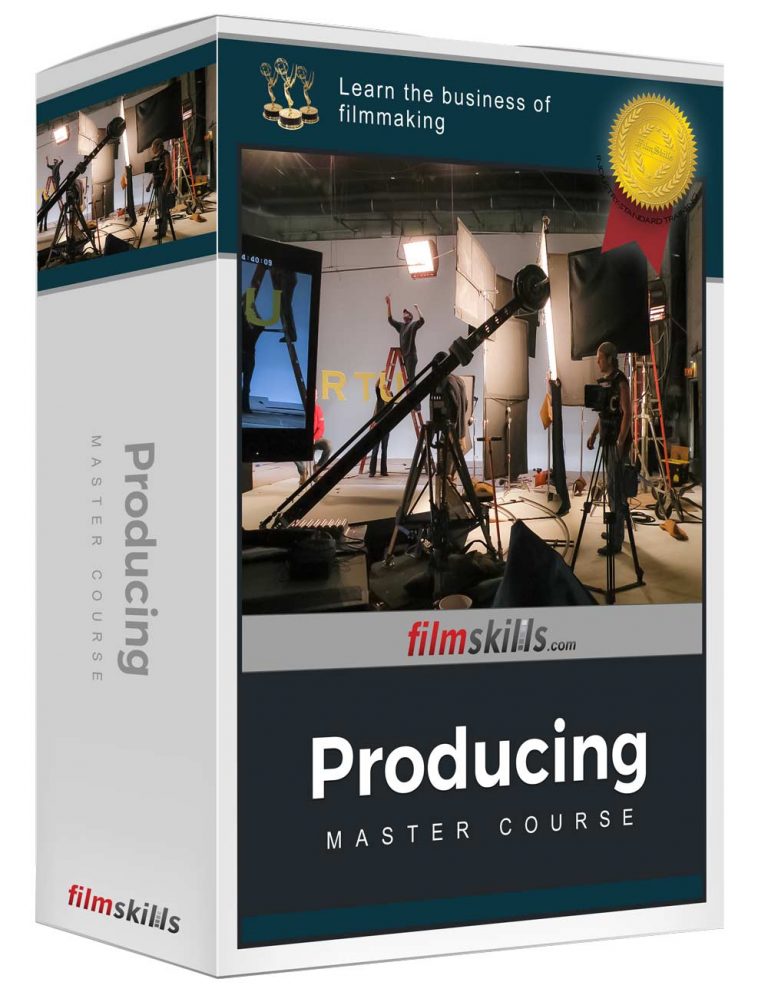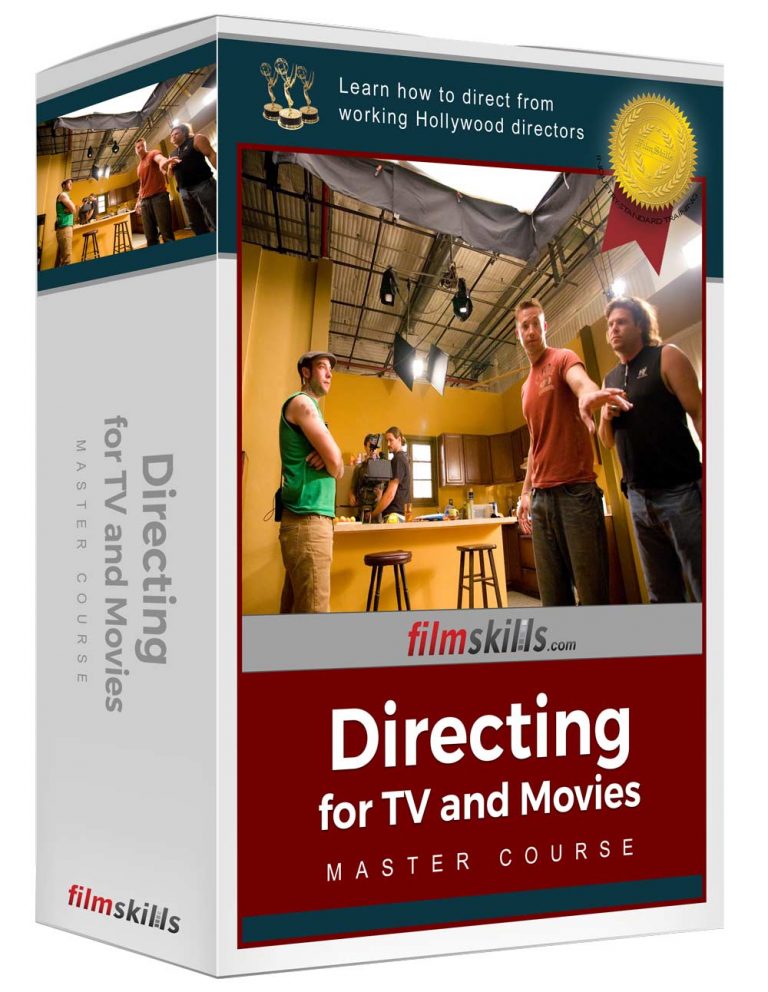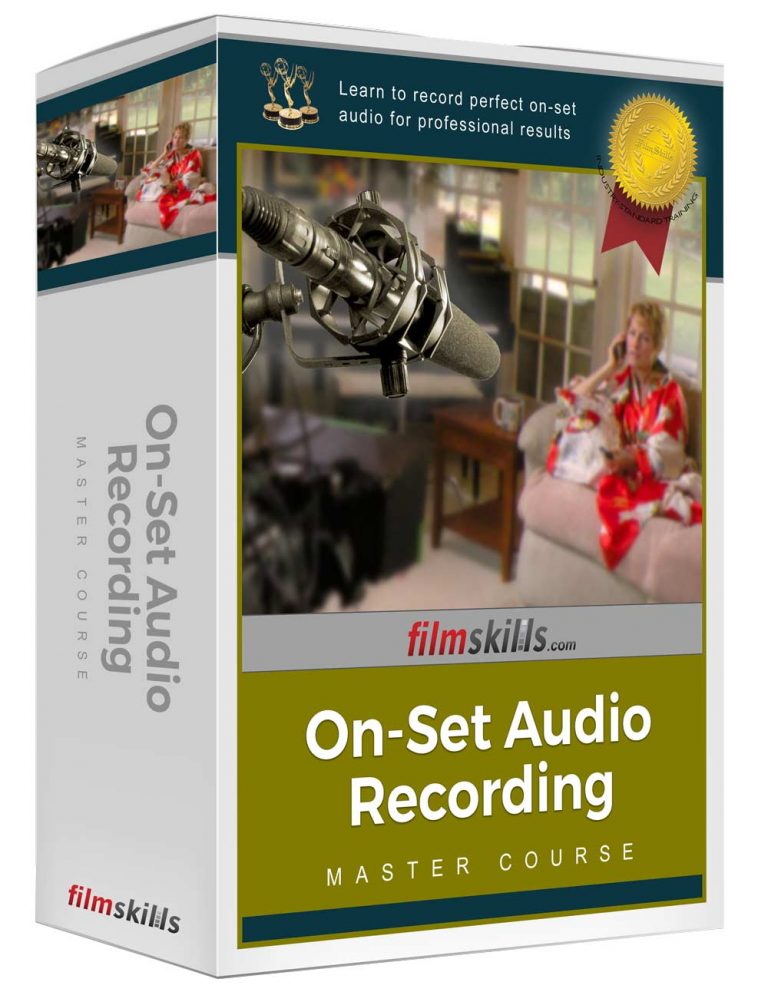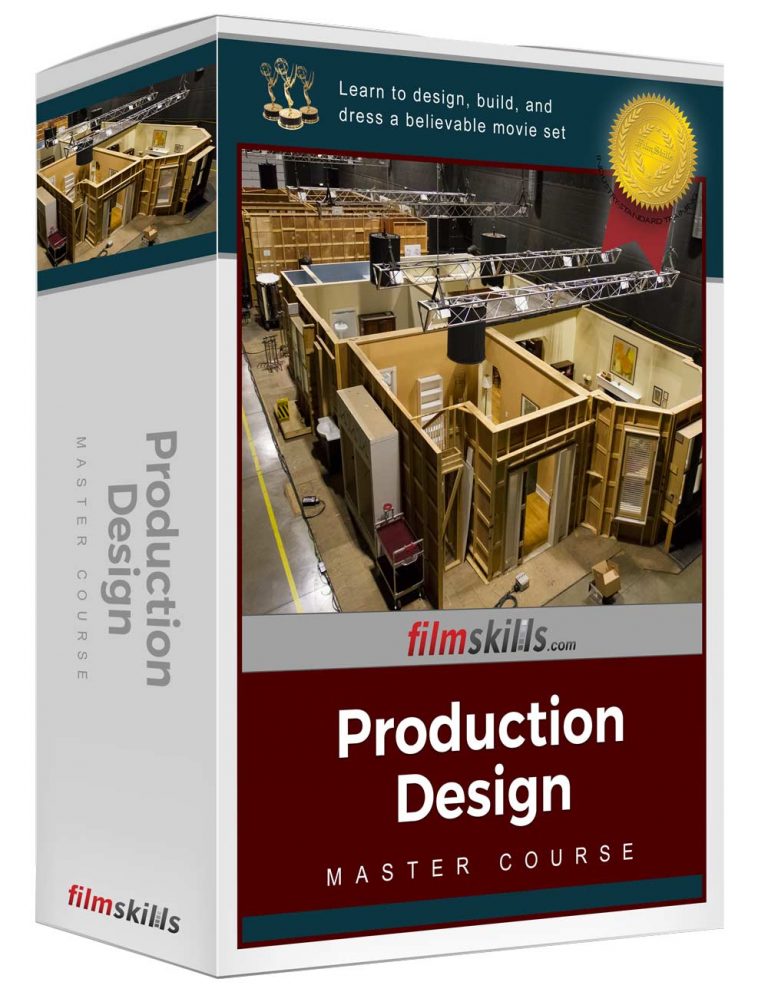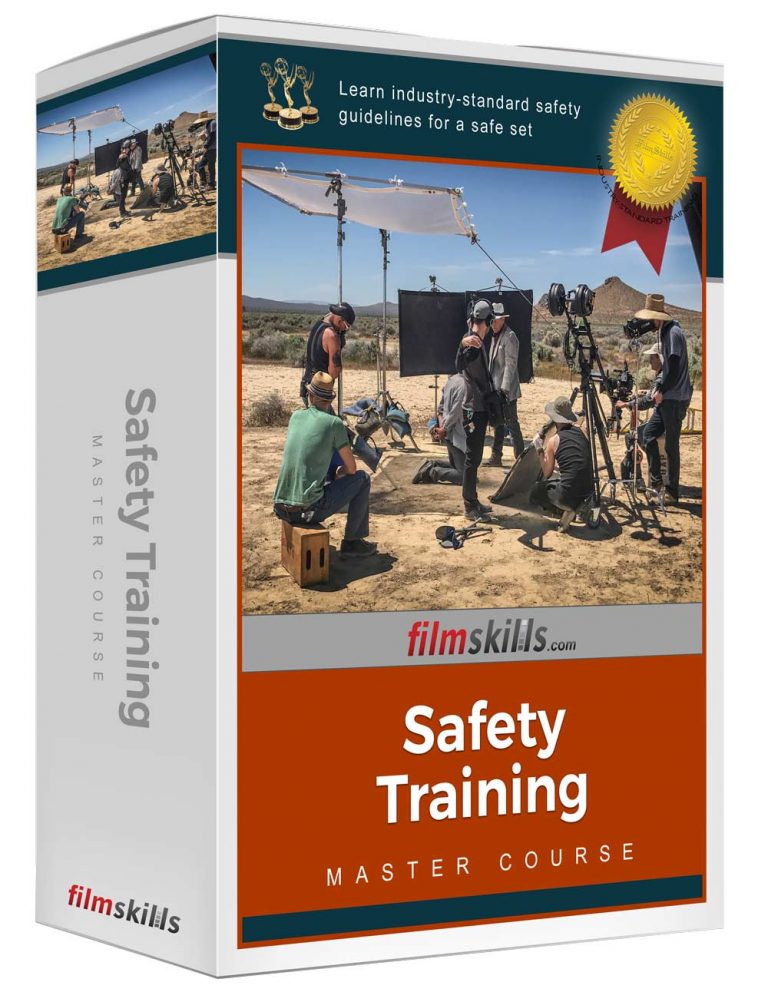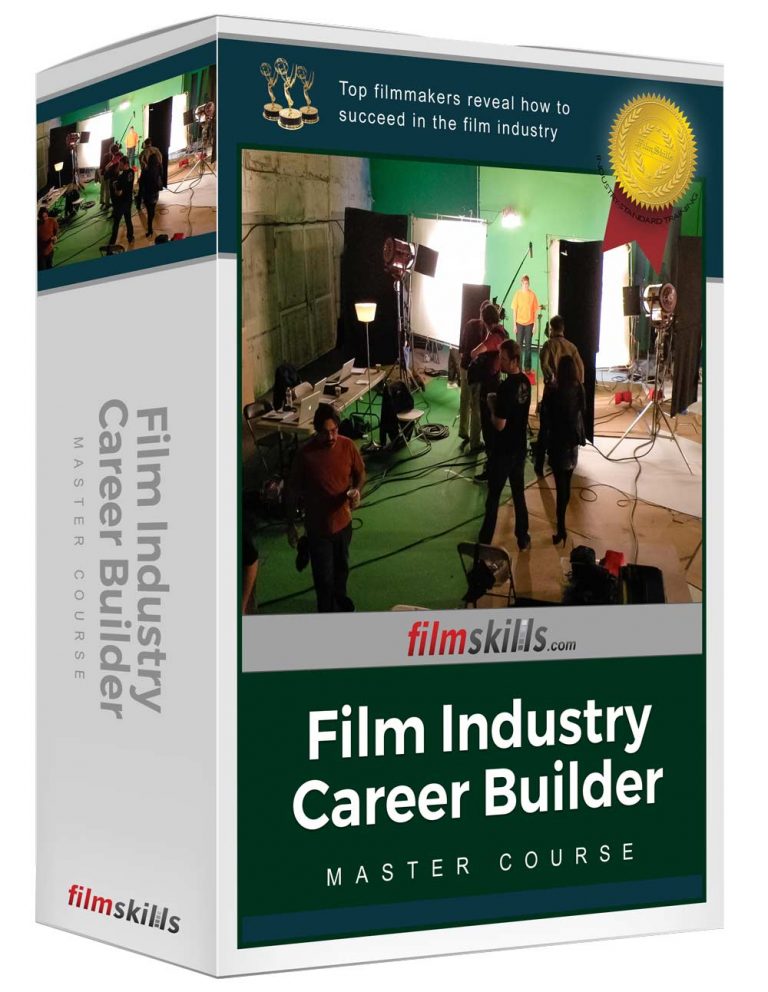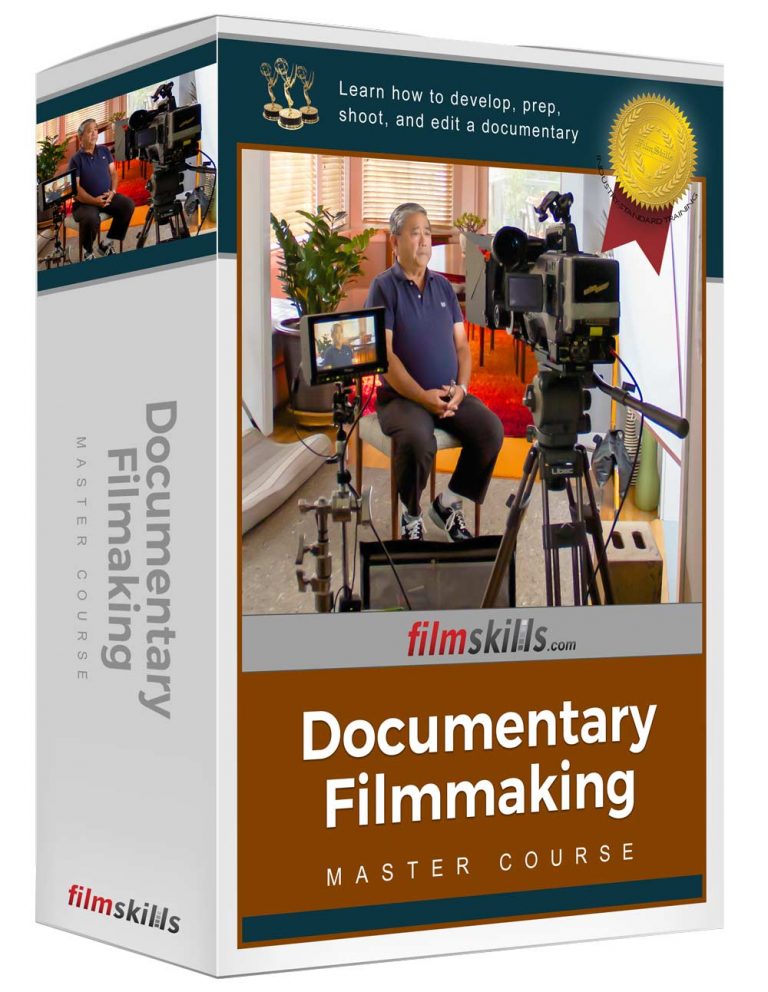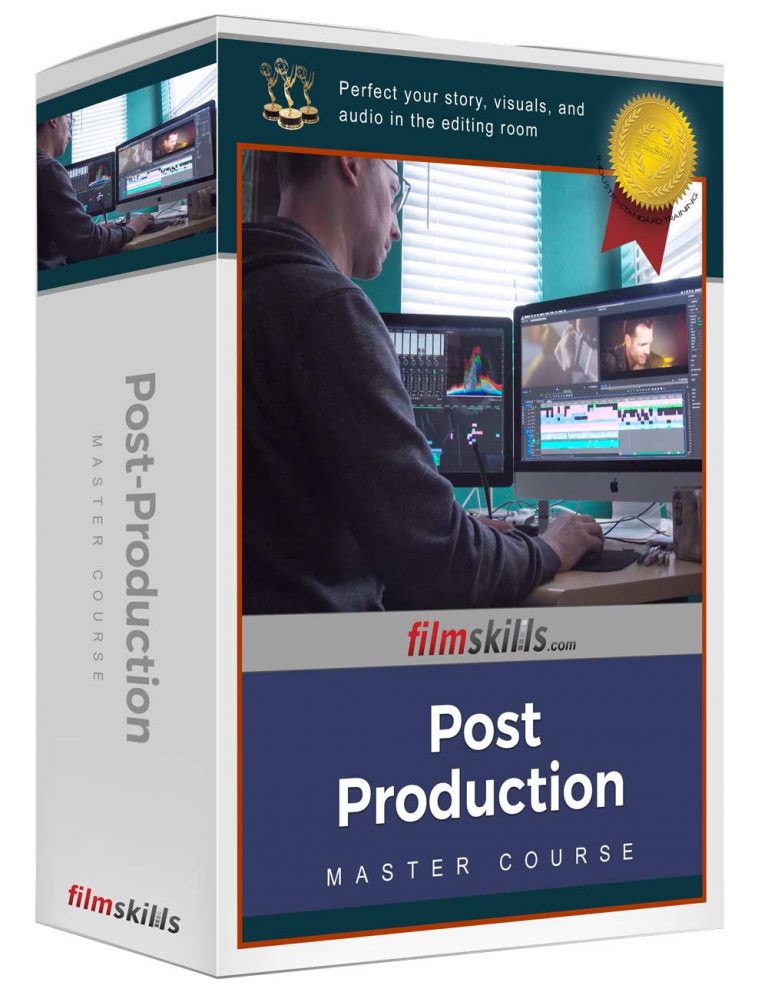Ambient noise on location can be a major problem for film and television productions, as it can interfere with dialogue and other audio elements. Whether it’s a refrigerator causing a hum, air conditioning units, or even traffic outside, reducing the noise on a film set is key to recording clean dialogue that favors the actors’ dialogue and movements. Learn more about how to record professional-quality on set audio. Here are some techniques that can be used to reduce noise on location:
- Choose a location with minimal ambient noise. One of the most effective ways to reduce ambient noise on location is to choose a location that is naturally quiet. This might include a location that is isolated from traffic and other sources of noise, or a location that is inside a soundproofed space. Get more tips on finding the perfect shooting location for your production.
- Use soundproofing materials. If you are unable to find a naturally quiet location, you can use soundproofing materials to help reduce ambient noise. Soundproofing materials can be used to create a physical barrier between the microphone and the noise source, or they can be used to absorb sound waves. Some common soundproofing materials include foam panels, blankets, and bass traps.
- Use directional microphones. Directional microphones are designed to pick up sound from a specific direction, and can be used to reduce ambient noise on location by focusing on the sound of the actors’ voices and rejecting noise from other sources. Some common types of directional microphones include shotgun microphones and lavalier microphones.
- Use a microphone windshield. A microphone windshield is a device that fits over the microphone and helps to reduce wind noise and other environmental sounds. This can be especially useful when filming outdoors or in other locations where wind noise is a problem.
- Use a sound booth. A sound booth is a small, enclosed space that is designed to reduce ambient noise. This can be a useful tool for recording voiceovers or other dialogue when ambient noise is a concern.
- Use a noise gate. A noise gate is a device that can be used to reduce ambient noise by cutting off sound below a certain level. This can be useful for removing background noise from dialogue tracks, for example.
- Use a noise reduction software. There are many software programs available that can help to reduce ambient noise in post-production. These programs work by analyzing the audio track and identifying areas of noise, which can then be removed or reduced in volume.
- Use a boom operator. A boom operator is a person who is responsible for holding the microphone and positioning it to capture the best possible sound. A skilled boom operator can help to minimize ambient noise on location by positioning the microphone in the right place and using proper microphone technique.
- Use a sound mixer. A sound mixer is a person who is responsible for adjusting the levels of different audio elements, including dialogue, music, and sound effects. A sound mixer can help to reduce ambient noise by balancing the levels of different audio elements and using noise reduction techniques.
- Use a sound editor. A sound editor is a person who is responsible for editing and refining the audio tracks in post-production. A sound editor can help to reduce ambient noise by using noise reduction software and other techniques to clean up the audio track.
Overall, reducing ambient noise on location requires a combination of careful planning and the use of specialized tools and techniques. By following these tips, you can help to create a clean and clear audio track that enhances the production value of your film or television show.
